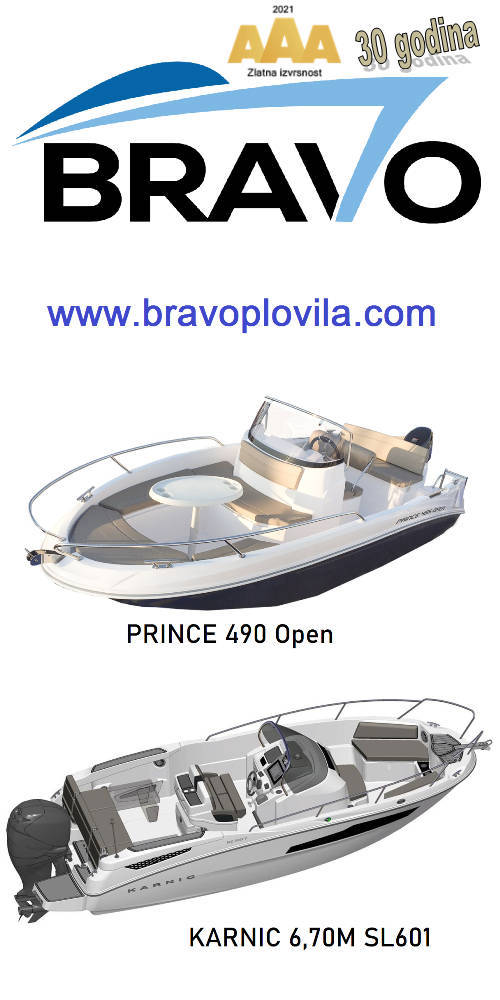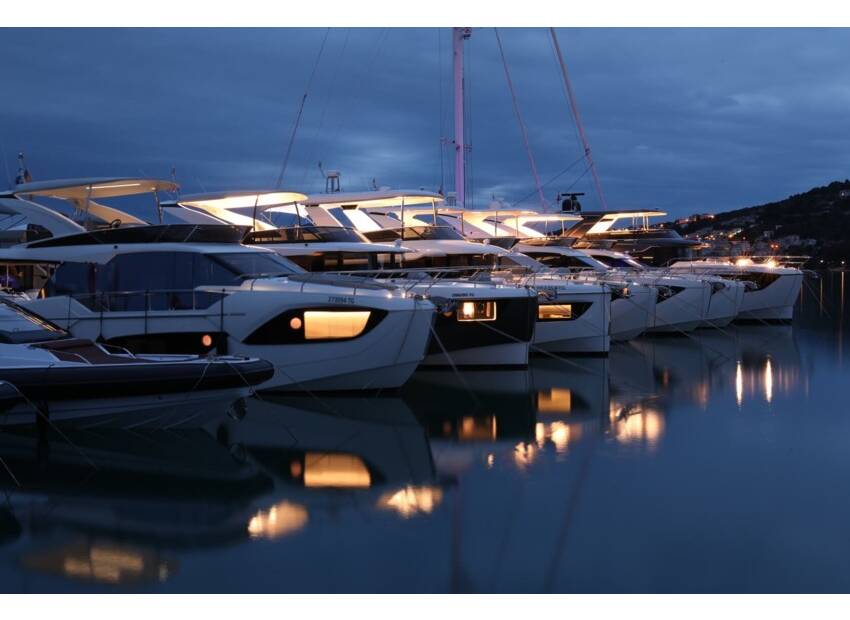´’Do you reckon we should have taken the spinnaker down before Mabel?’´
It happens to the most cautious of us. No matter whether you always cruise in the right season and watch the weather with dedication, there will be a time when you are caught in heavy weather (a Sail-World article).
Many books have been written on the subject – and most of them are well worth reading – but there are a few rules that bring the subject down to its essentials. Here´s a check-list of reminders – do they agree with yours?
1. Weather Weather Weather. Know your weather, both before you leave port, and while sailing. This one is obvious, but it´s amazing how many cruising boats leave without accurate knowledge of the weather. Also get weather from multiple sources – Buoyweather, grib files, NOAH, etc, and while at sea via VHF, HF or email.
2. Never leave harbour on a bad forecast. There never yet was a gale that did not cease. This also implies that you never make firm arrangements to be anywhere at a set time. Make all your arrangements to pick up or drop crew or guests ´pending the weather´. If they can´t hack that rule, they are not suitable as cruising companions.
3. Keep checking, once at sea. A minimum of every hour, check the sky and the barometer. Keeping a log where the watch keeper is obliged to make an entry is a sure way of ensuring this. This way you can´t be caught ´napping´.
4. Reef before the weather worsens. As soon as you see that bad weather or a squall is coming, check that loose items are stowed, batten down, fit storm boards and inspect lashings, so that you are not having to do it on a wildly pitching deck.
5. Reef at nightfall. Unless sailing in very settled and benign weather, it is a good idea to reef before dark – reefing or taking down a pole at night doesn´t invite problems, but they are always more difficult to detect and solve than in good light. Cruising is quite the opposite of racing. With racing you set the sail that can be carried in lulls and are over-canvassed in the squalls. With cruising you set the sails that can be carried in the squalls and you are under-canvassed in the lulls.
6. Keep sea-cocks closed. In heavy weather it is good practice to have all sea-cock valves, except when they are needed, closed to ensure watertight integrity.
7. Don´t seek shelter. If you are already caught in heavy weather, go to sea, to windward in the deepest water you can find. If your boat is well found, this is much safer than trying to escape from the storm into calm waters. To enter a harbour you may have bad visibility breaking water or obstructions which will be more threatening than the open sea. (´It´s not the sea that kills you, it´s the hard bits at the edges´)
8. Keep warm. Make sure that the body heat of the crew is protected. It is much easier to stay warm than to recover your body heat after being wet and cold. Thermos of hot liquid in the cockpit is very comforting in a heavy sea.
9. Stay safe personally. Keep harnessed and cleated on. All crew should be connected to life-lines and perhaps have life jackets on as well.
10. Never never go forward without another crew member being in the cockpit.
These above are just common sense for normal heavy weather cruising that every cruising sailor strikes from time to time, not winds of hurricane or cyclonic strength, which may call for different strategies (see article Storm Management for Cruisers), and which we hope you will be able to successfully avoid all your cruising life.
by Des Ryan, www.sail-world.com






















